The engineering physics books have been composed to meet the theory and practical engineering studies. Concepts of Modern Physics by Arthur Beiser is among the top engineering reference books.
Table of Contents
The real-time advancements and applications of Physics and its relations can be learned as a course. The courses are offered as undergraduate and postgraduate courses. The undergraduate course offered is B.Sc Physics which can proceed with M.Sc Physics followed with Ph.D. Besides, Physics is adopted as a fundamental subject in all the engineering courses and most art courses. In this article, we have discussed the best engineering Physics books, curriculums, and reference materials. The books given below are adopted by most of the top physics colleges and engineering colleges in India.
6 Best Engineering Physics Books
Engineering physics courses include engineering, mathematics, and physics to fabricate a comprehension of how these communicate and interact with one another. It improves the information on the physical condition while finding how physics is applied to critical thinking in our quickly evolving cutting-edge world.
These below-given theory books have been composed to meet the assessment needs of engineering students joining up with the first year and are as per the schedule of the Engineering Physics course.
The engineering physics books are as follows.
- Concepts of Modern Physics
- Introduction to Special Theory of Relativity
- A Textbook of Optics
- Engineering Physics: Theory and Practical
- Applied Physics for Engineers
- Engineering Physics
Concepts of Modern Physics
Concepts of Modern Physics is written by Arthur Beiser (Senior Research Scientist, LGO, Columbia University), S.Rai Choudhury (Professor, IISER, Bhopal, MP), Shobhit Mahajan (Professor, University of Delhi, Delhi). Its 7th edition was published on 15th February 2015 by McGraw-Hill Science, Engineering, or Math. The revised edition holds its principal great flavor. The equalization in this book inclines more toward thoughts than toward test techniques and practical applications because the starting students are ideally serviced by a flexible system instead of by a mass of subtleties.
It is a decent book on modern physics for students. Besides, it gives valuable bits of knowledge on special relativity, atomic physics, solid-state, and many more. A brilliant coursebook about modern physics: it stresses more on ideas before conditions, yet at the same time covers the basic science (yet delicately). I'd state this as "scholastic early on the book" to present-day physics.
Book Ratings- 4.1 out of 5.
Introduction to Special Theory of Relativity
Robert Resnick writes an introduction to the Special Theory of Relativity. Its 1st edition was published on 15th January 1968 by Wiley (publisher). Professor Resnick presents a key and bound together advancement of the subject curiously away from the angles that generally inconvenience learners. He incorporates, for instance, an area on the reasonable judgment of relativity. His introduction is enthusiastic and mixed with chronicled, philosophical, and exceptional subjects (for example, the twin paradox) that will stimulate and hold the reader's interest.
The book treats relativistic elements, kinematics, relativity, and electromagnetism. Besides, the book shows the uncommon addendums on the geometric portrayal of space-time and general relativity. Its association allows an educator to fluctuate the length and to utilize the book in old-style physics. These highlights make it a perfect ally for initial courses.
Book Ratings- 4.2 out of 5.
A Textbook of Optics
A Textbook of Optics is written by Brij Lal, M.N. Avadhanulu, and N.Subrahmanyam. It was published in 2012 by S.Chand Publishing, comprising 729 pages. Optics book is commonly used in B.Sc courses. Though the book is planned for undergraduate students, it is helpful for a wide assortment of readers.
For example, those showing severe assessments and those targeting research on the nature and conduct of light can refer to the optics book. It covers all the territories of optics. The content issue is quite logical and likewise has excellent pictures showing the optical wonder.
Book Ratings- 4.4 out of 5.
Engineering Physics: Theory and Practical
C.K. Pandey and A.K. Katiyaar's book on engineering Physics was published on 1st January 2015 by Wiley (publisher). This book is according to the reconsidered schedule of Engineering Physics-I (NAS-101), Engineering Physics-II (NAS-201), and Practical (NAS-151/251) of Dr. A.P.J. Abdul Kalam Technical University (AKTU), Lucknow. Essential standards and uses of Engineering Physics are clarified in a straightforward, clear, and deliberate way. Novices will comprehend complex thoughts effectively through suitable models, flawlessly drawn charts, tables, any place required, and so forth.
The lab manual includes the point-by-point methods, theory questions, observation table, and response in due order regarding viva-voce. In addition, it offers total data on all tests endorsed according to the UPTU prospectus. It is a book in simple language and carefully as indicated by the syllabus, which can be very useful for an understudy (students). According to Engineering students, this would be basic and reasonable for the students.
Book Ratings- 4.1 out of 5.
Applied Physics for Engineers
Applied Physics for Engineers is written by Neeraj Mehta, Assistant Professor at Banaras Hindu University, Varanasi, Uttar Pradesh, India. Its 1st edition was published on 1st January 2011 by Prentice Hall India Learning Private Limited (PHI). The book is proposed for first-year undergraduate engineering studies of all branches.
The content, written in a student-friendly way, covers a broad scope of subjects of engineering interest, both from the spaces of applied and current physics. It is fastidiously custom-fitted to cover the prospectus' needs of practically all the Indian colleges and establishments. Its comprehensive treatment of various themes in a single volume soothes the engineering understudies (students) of the strenuous undertaking of alluding to a few books.
Besides engineering understudies, this book will be similarly helpful to the B.Sc. Physics students of various colleges. Simple and clear charts all through the book help understudies in understanding the ideas unmistakably. Various in-part tackled issues, section end unsolved problems (with answers), and survey addresses help understudies absorb the theory thoroughly. An enormous number of target-type questions toward the finish of every section help understudies test their insight into the hypothesis.
Book Ratings- 4.3 out of 5.
Engineering Physics
Engineering Physics is written by Hitendra K. Malik (IIT, Delhi) and A.K. Singh (MSIT, Delhi). Its 1st edition was published on 28th July 2009 by McGraw Hill Education. The book comprises 840 pages discussing a far-reaching outline of the subject for first-year engineering understudies. In addition, it provides a unique inclusion of the prospectus for every significant college.
The book emphasizes an instructional exercise approach (educate by-model) towards the subject. Plentiful settled models and luxurious educational pool will enable the understudies to comprehend the topic and set them up for the inquiries posed in the examination.
Tragically in this book, "General Optics" managed cardinal focuses, kinds of focal points, and different things, and the total Thermal Physics wasn't there. Yet, it had Special Relativity, which I saw as incredibly composed. Extraordinary idea delineation with a point-by-point outline and a considerable amount of inquiries at the back are the notable highlights of this book, by sorting the book that you'll peruse after each class makes your ideas all clearer. Mainly the composing style of this book is ideal for the subject.
Book Ratings- 4.4 out of 5.
Top Applied Physics Books of All Time
Have you, at any point, thought about how the universe appeared? What are black holes, and how are they shaped? Or then again, what is at the centre of the sun? On the off chance that you do as such, at that point, stress not, you are at the correct spot. In our regular day-to-day existence, we go over physics so frequently that we don't understand it. It is surrounding us. Every wonder, both ordinary and artificial, has a few physics ideas driving it.
Consequently, one can't put enough pressure on the significance of physics in our regular daily existence. The way of life that we have today would not have been conceivable without physicists. All the exercises fundamental for human living, such as creating vitality, transportation, correspondence, the web, development, and in any event, cooking, depend on Physics and making it essential in our lives.
Tabulated below are the top 15 applied Physics books.
| Books | Authors |
| Applied Mathematical and Physical Formulas | Vukota Boljanovic |
| Optical Propagation in Linear Media | Michael Eugene Thomas |
| Quantum Mechanics for Applied Physics and Engineering | A. T. Fromhold |
| Frequency Measurement and Control | Andre N. Luiten |
| Device and Materials Modeling in PEM Fuel Cells | Stephen J. Paddison, Keith S. Promislow |
| Introduction to the Quantum Theory | David Allen Park |
| Applied Computational Physics | Joseph F. Boudreau, Eric S. Swanson |
| Numerical Methods for Metamaterial Design | Kenneth Diest |
| Mathematical Tools for Physicists | Michael Grinfeld |
| Femtosecond Laser Micromachining | Roberto Osellame, Giulio Cerullo, Roberta Ramponi |
| Numerical Methods for Metamaterial Design | Kenneth Diest |
| Quantum Mechanics for Applied Physics and Engineering | Albert T. Fromhold Jr., Engineering |
| Optical Propagation in Linear Media | Michael E. Thomas |
| Uranium Enrichment | S. Villani |
| Frequency Measurement and Control | - |

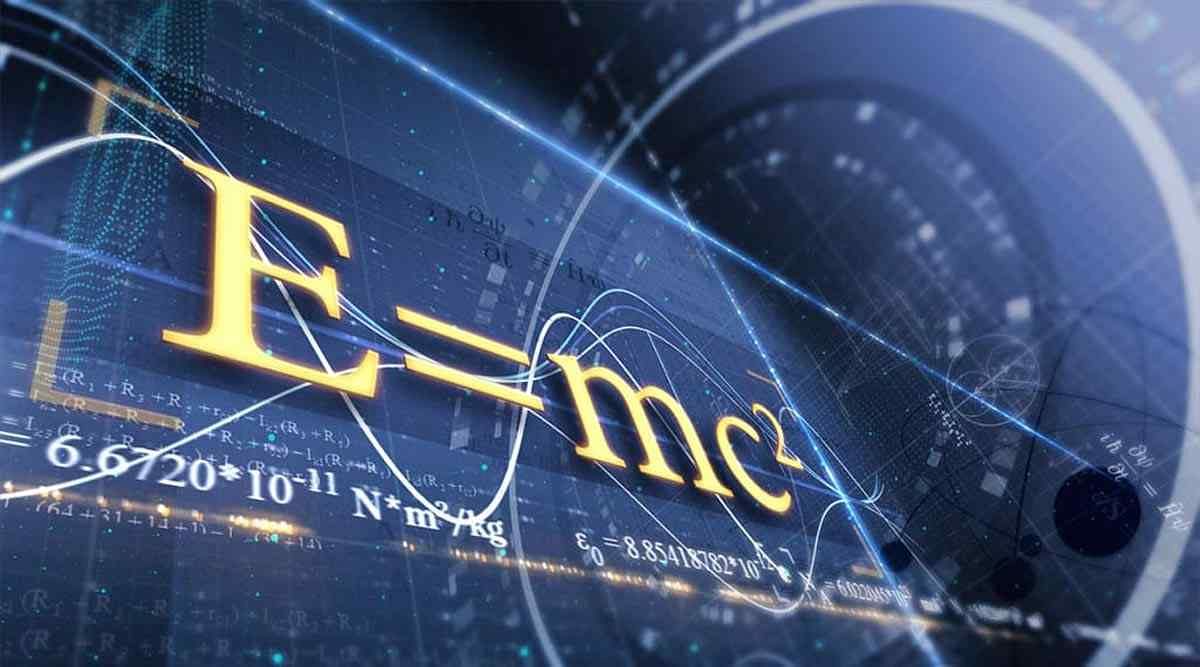



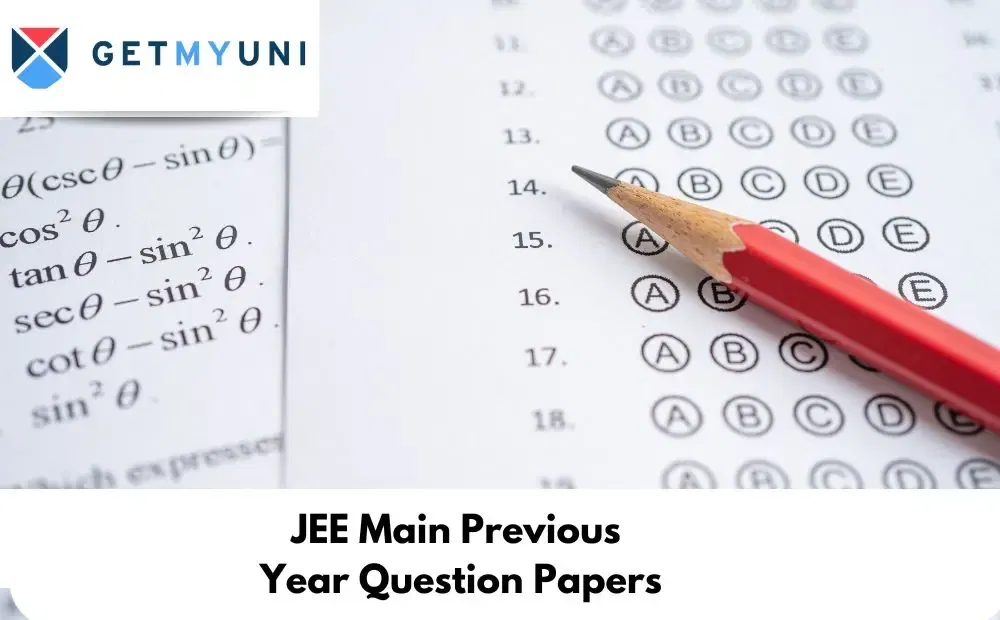

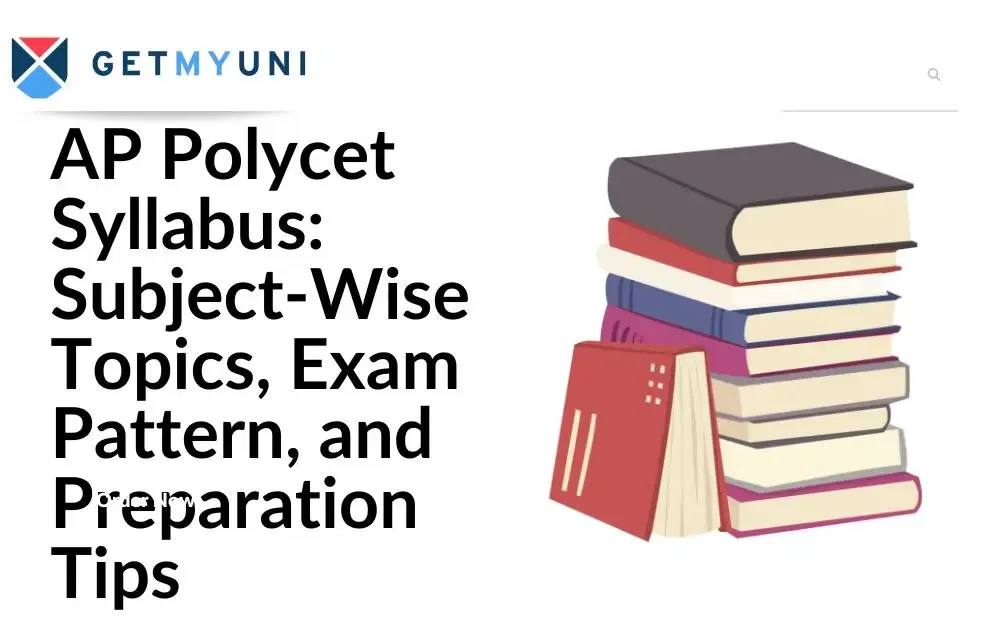








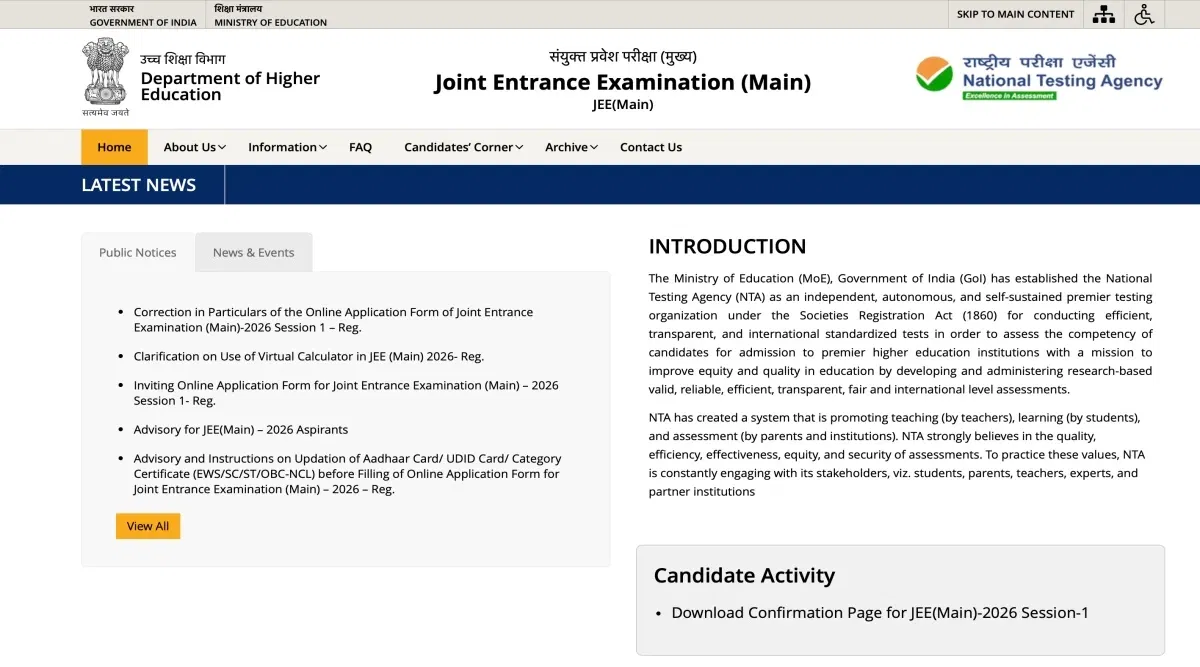



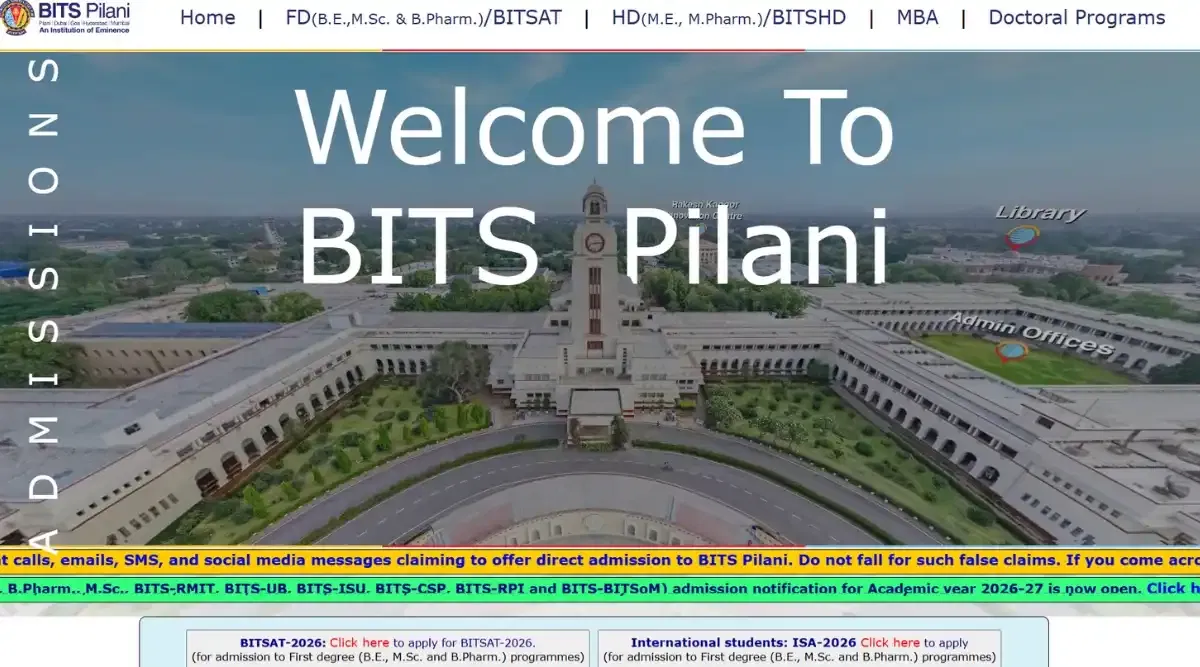
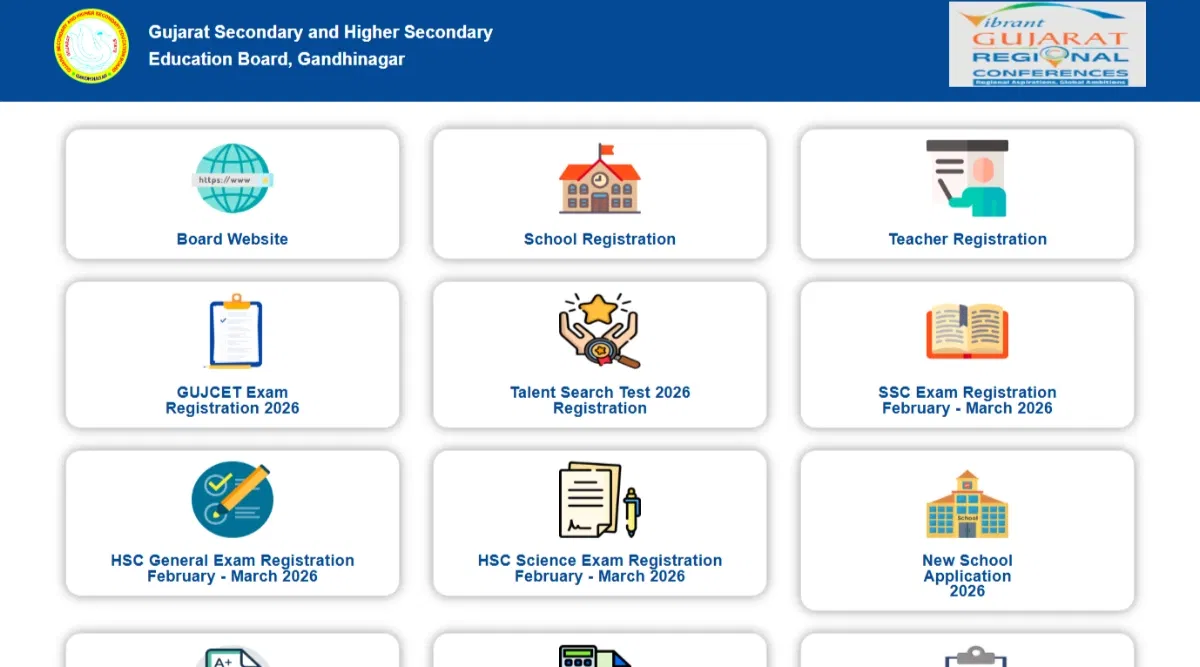

POST YOUR COMMENT